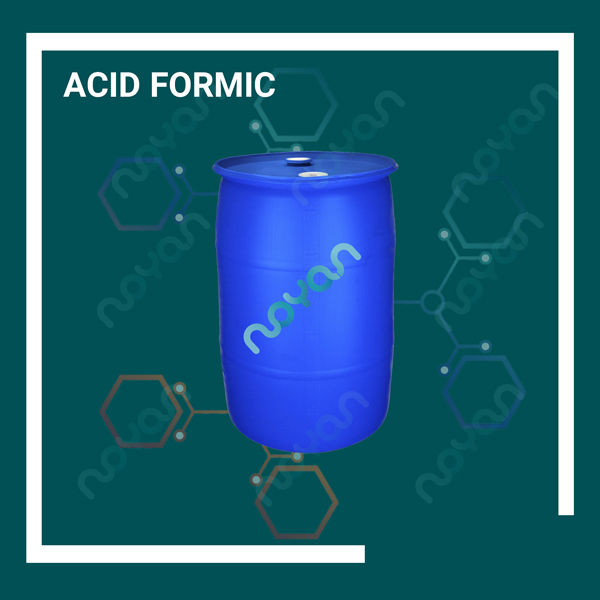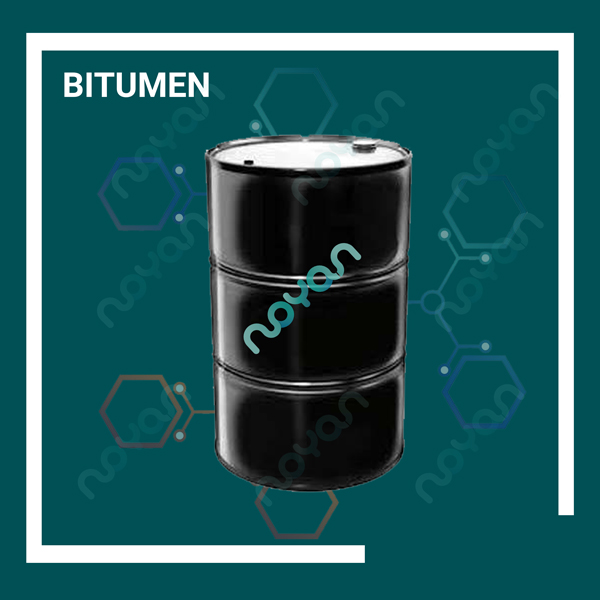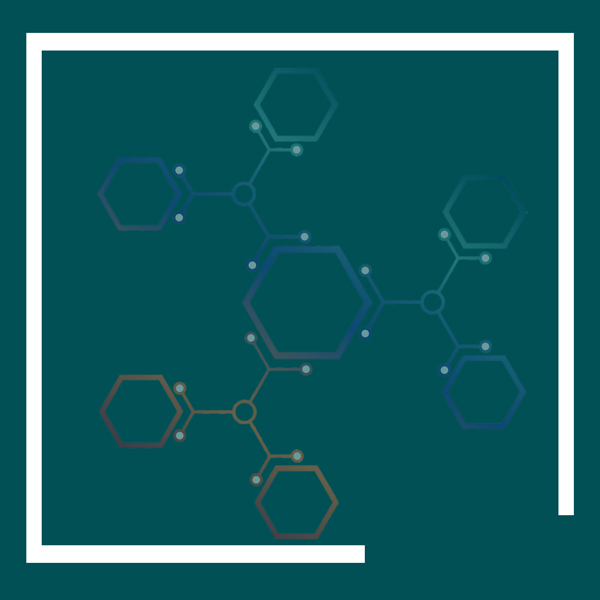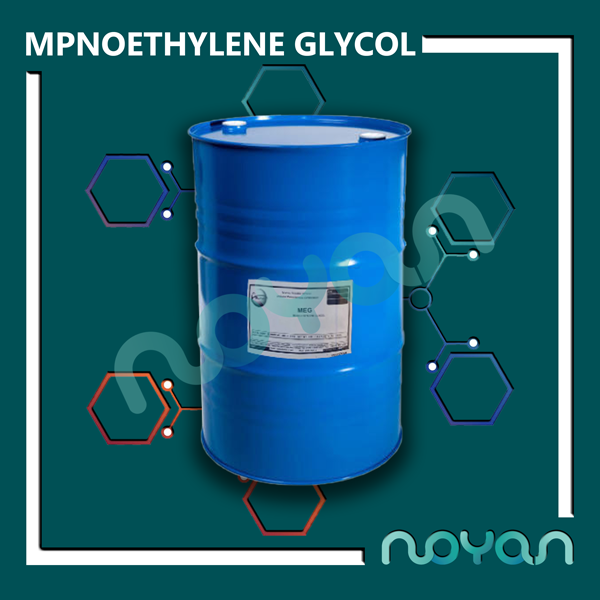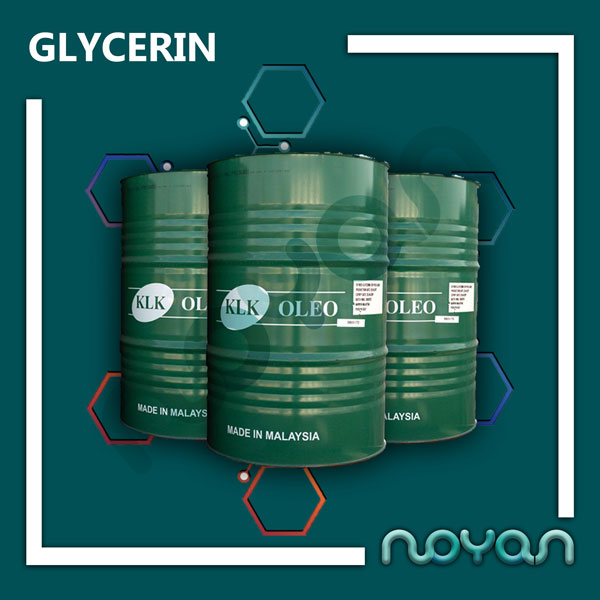Formic acid (ant ink) or methanoic acid is the simplest member of the carboxylic acid group. Its chemical formula is HCOOH and is found in nature in the bites of insects such as ants and bees. Also, the main ingredient is biting substance in nettle leaves. The lexical root of formic acid is derived from the Latin name Ant (Formica). Because this compound was first obtained from the destructive distillation of ants.
Formic acid mixes well with water and most polar organic solvents. It is also partially soluble in hydrocarbons. Formic acid in the gaseous phase and in hydrocryns is in the form of dimers bonded together by hydrogen bonding. In the gas phase, the hydrogen bond between the formic acid molecules deviates from the law of ideal gases. Liquid and solid formic acid consists of an infinite network of molecules bonded together by a hydrogen bond. Most of the properties of formic acid are the same as those of other carboxylic acids, but it cannot form acyl chloride.
When any of these compounds are formed, they decompose to form carbon monoxide. Heating formic acid breaks it down into Co. Formic acid is easily reduced to formaldehyde. Formic acid is the only carboxylic acid that has the ability to participate in additive reactions with alkenes. Formic acid and alkenes react easily together to form formate esters. Formic acid, in the presence of sulfuric acid and hydrofluoric acid, participates in the Koch reaction to form larger carboxylic acids.
Formic acid is mostly used as a preservative (prevent spoilage) and antibacterial in animal feed. Sprinkling some of it on freshly dried grass prevents it from rotting and preserves its nutrients to a high degree. This substance is used to prevent spoilage of winter food in livestock in large livestock complexes.
Formic acid is added to poultry feed to kill Salmonella bacteria in poultry farms. It is also used sparingly in the textile and tanning industries. Some of its derivatives, such as formate esters, are used in the perfume industry.
Safety The greatest risk of formic acid is in skin or eye contact with liquid or concentrated vapor. Skin contact with liquid or vapor may cause chemical burns and, if in contact with the eye, may cause permanent damage to the eye. Inhalation of its vapor stimulates and irritates the respiratory system. As CO levels may be present in formic acid vapor, safety precautions should be taken in storage, transportation, and use.
The US Food and Drug Administration has declared the permissible amount of formic acid vapor in the workplace air to be 5ppm. Formic acid is easily metabolized and excreted from the body. However, constant exposure to it can cause chronic complications such as skin allergies. Experiments on laboratory animals show that prolonged exposure to formic acid causes gene mutations and kidney and liver damage.
• Synthesis of chemicals and drugs
Formic acid is mainly used in the synthesis of chemicals. It is used in the production of aluminum catalysts, the synthesis of drugs such as insulin and caffeine, the synthesis of pentaerythritol. In the production of insecticides, vegetable toxins and textile dyes are also used.
Some formic acid derivatives, such as formate esters, are used in the fragrance industry.
• Food industry
One of the common uses of formic acid is in food storage and as an additive in the food industry, which is used as a barrier to the destructive activities of lactic acid. It is also used in the production of epoxy soybean oil.
• Tanning and leather production
Formic acid is used in the tanning industry to disinfect and neutralize lime when rubbing raw skin. It is also used as a uniform in leather dyeing.
• Animal feed
Formic acid is added as a preservative (to prevent spoilage) and antibacterial in animal feed and to facilitate the digestion of animal feed. In poultry farms, it is added to poultry feed to kill Salmonella bacteria.
• Textile Industry
In textiles, formic acid is used to stabilize the dye on the fibers, in dyeing natural and synthetic fibers such as wool and nylon, and to neutralize the alkaline solution when washing the fabric.
Safety and storage of formic acid
Liquid or concentrated vapor of formic acid is very dangerous in contact with skin or eyes. If the skin comes in contact with the liquid or its vapor, we will see chemical burns on the skin, and if it comes in contact with the eyes, it can lead to permanent damage to the eyes. Inhalation of formic acid vapor stimulates and irritates the respiratory tract.
Since some carbon monoxide may be present in the fumes of this acid, safety precautions should be observed in its storage, transportation and use.
